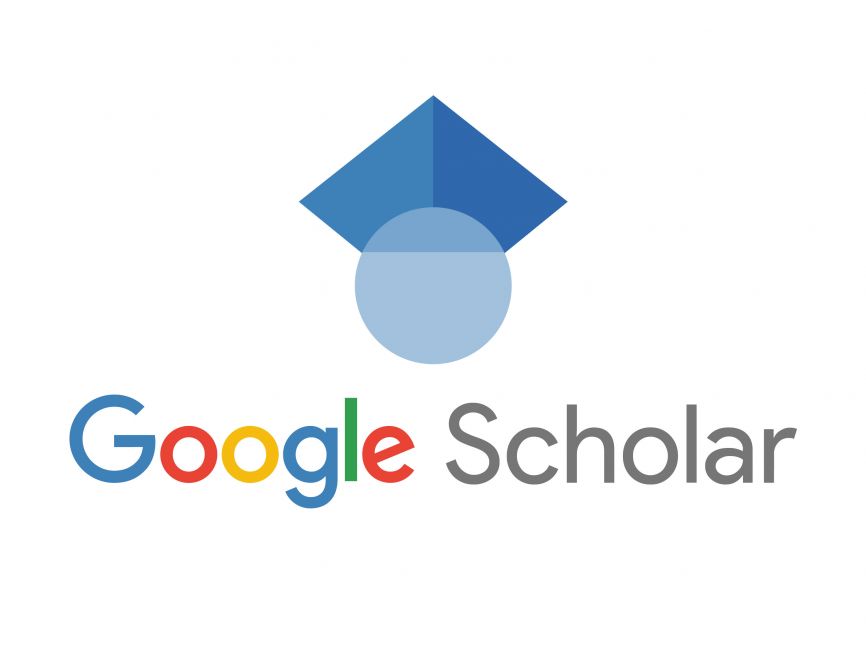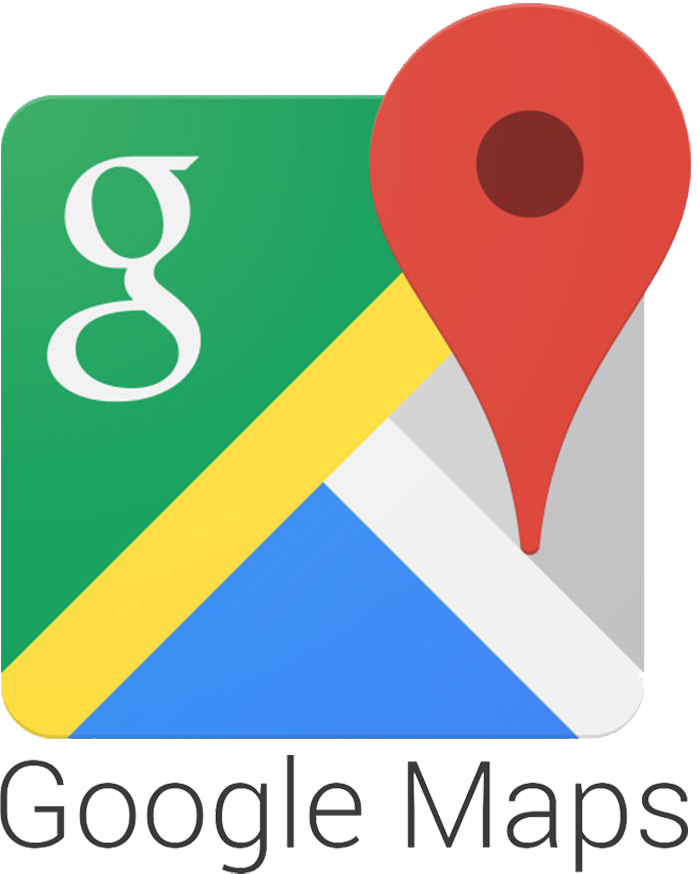DESTINASI WISATA PAPUA DALAM BINGKAI MEDIA SOSIAL
Abstract
Penelitian ini bertujuan untuk mengetahui respon dan sikap pengguna media sosial Youtube terhadap informasi destinasi wisata di Tanah Papua. Akun Youtube yang digunakan sebanyak 27 akun dengan 32 konten wisata Papua dan dipublikasikan antara Tahun 2020-2024. Terdapat 256 komentar penonton dan respon kuesioner online dari 50 orang responden. Hasil penelitian menunjukkan bahwa secara umum respon positif penonton lebih besar dibandingkan dengan respon negatif. Label berdasarkan kata-kata kunci adalah apresiasi rasa kagum, kenangan, niat berkunjung, ucapan syukur dan ajakan menjaga alam, saran dan pertanyaan. Komentar yang paling banyak diberikan oleh penonton adalah apresiasi rasa kagum dan kata “indah” merupakan kata kunci yang paling banyak diberikan. Rata-rata jawaban responden terhadap semua item pernyataan variabel Youtube electronic word of mouth, citra destinasi dan niat berkunjung adalah positif. Penelitian ini menujukkan bahwa media sosial dapat menjangkau banyak orang dan memiliki dampak yang besar dalam menginformasikan destinasi wisata di Tanah Papua. Adanya respon positif dari penonton menunjukkan bahwa potensi wisata alam dan ekowisata di Tanah Papua dapat dijadikan sumber pendapatan baru apabila dikelola dengan perencanaan yang baik.
This study aims to determine the response and attitude of Youtube social media users towards tourist destination information in Papua. There are 27 Youtube accounts used with 32 Papua tourism contents and published between 2020-2024. There are 256 viewer comments and online questionnaire responses from 50 respondents. The results of the study show that in general the positive response of the audience is greater than the negative response. Labels based on keywords are appreciation of awe, memories, intention to visit, gratitude and invitation to protect nature, suggestions and questions. The comments most often given by viewers are appreciation of awe and the word “beautiful” is the most frequently given keyword. The everage respondent’s answer to all items of Youtube electronic word of mouth variable stamen, destination image and intention to visit is positive. This study show that social media can reach many people and have a big impact on informing tourist destination in Papua. The positive response from viewers shows that the potential for nature tourism and ecotourism in Papua can be used as a new source of income if managed with good planning.
Downloads
References
Azhar, M., Ali, R., Hamid, S., Akhtar, M. J., & Rahman, M. N. (2022). Demystifying the effect of social media eWOM on revisit intention post-COVID-19: an extension of theory of planned behavior. Future Business Journal, 8(1). https://doi.org/10.1186/s43093-022-00161-5
Chen, X., Cheng, Z. feng, & Kim, G. B. (2020). Make it memorable: Tourism experience, fun, recommendation and revisit intentions of Chinese outbound tourists. Sustainability (Switzerland), 12(5), 1–24. https://doi.org/10.3390/su12051904
Han, H., Hsu, L. T. J., Lee, J. S., & Sheu, C. (2011). Are lodging customers ready to go green? An examination of attitudes, demographics, and eco-friendly intentions. International Journal of Hospitality Management, 30(2), 345–355. https://doi.org/10.1016/j.ijhm.2010.07.008
Hashemi, S., Singh, K. S. D., Mughal, M. A., & Kiumarsi, S. (2023). REIMAGINING TRAVEL INTENTIONS TO CHINA IN THE POST COVID-19 ERA: EXPLORING THE ROLE OF PERCEIVED SAFETY, ELECTRONIC WORD OF MOUTH AND DESTINATION IMAGE. Geojournal of Tourism and Geosites , 49(3), 1185–1194. https://doi.org/10.30892/gtg.49333-1117
Kanwel, S., Lingqiang, Z., Asif, M., Hwang, J., Hussain, A., & Jameel, A. (2019). The influence of destination image on tourist loyalty and intention to visit: Testing a multiple mediation approach. Sustainability (Switzerland), 11(22). https://doi.org/10.3390/su11226401
Kharisma, P. M., & Giantari, I. G. A. K. (2021). The Effect PENGARUH WORD OF MOUTH TERHADAP NIAT BERKUNJUNG DAN DAMPAKNYA TERHADAP KEPUTUSAN BERKUNJUNG LAGI. E-Jurnal Manajemen Universitas Udayana, 10(12), 1469. https://doi.org/10.24843/ejmunud.2021.v10.i12.p11
Nechoud, L., Ghidouche, F., & Seraphin, H. (2021). The influence of eWOM credibility on visit intention: An integrative moderated mediation model. Journal of Tourism, Heritage and Services Marketing, 7(1), 54–63. https://doi.org/10.5281/zenodo.4521314
Sharma, N., Khatri, B., & Khan, S. A. (2023). Do e-WOM Persuade Travelers Destination Visit Intentions? An investigation on how Travelers Adopt the Information from the Social Media Channels. Journal of Content, Community and Communication, 17(9), 147–161. https://doi.org/10.31620/JCCC.06.23/11
Siang, J. H., Yang, W. G., & Liu, L. W. (2020). Impact of WOM and online WOM on tourist destinations in indonesia. Utopia y Praxis Latinoamericana, 25(Extra10), 305–318. https://doi.org/10.5281/zenodo.4155629
Suwitho, S., Mustika, H., & Pradhani, F. A. (2023). Impact of Tourist Satisfaction Attributes on Behaviour of Sharing Tourism Experiece on Social Media. Matrik : Jurnal Manajemen, Strategi Bisnis Dan Kewirausahaan, 171. https://doi.org/10.24843/matrik:jmbk.2023.v17.i02.p05
Tjiptono dan Chandra. (2020). Pemasaran Strategik. Domain, Determinan dan Dinamika (Vol. 1).
Wisnawa et al. (2019). MANAJEMEN PEMASARAN PARIWISATA Model Brand Loyalty Pengembangan Potensi Wisata di Kawasan Pedesaan.





















